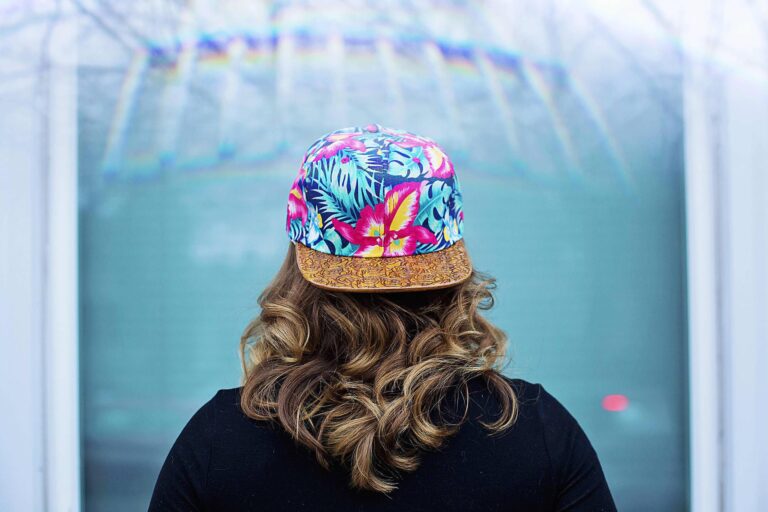Synthetic rubbers are readily available in many kinds, thanks to the vast array of applications from the commercial market. A couple of examples consist of styrene-butadiene rubber, polybutadiene rubber, and polyisoprene rubber. Considering that synthetic rubber is utilized in significantly different ways, its properties vary from kind to form. However in general, there are a couple of distinct differences in between natural and synthetic rubber that are necessary to note.
Rubbers are elastomers, these are polymers with an elastic property. This elasticity separates rubbers from plastics. Elastic ways that the material can be extended and, when released, go back to within a minimum of 90% of its original measurements and shape within a time period, at room temperature. The polymers themselves frequently do not have any preferred properties when they are made. For that reason, polymer products are mixed with specific chemicals called additives to create the wanted properties in the last plastic or rubber products. Additives are used to make plastic products ideal for specific circumstances or applications. Examples of additional properties are tightness or versatility, UV-resistance, water repellant, flame resistant.
Rubber sheet rolls of making rubber depends on the kind of rubber you are talking about. The technique for making natural rubber is completely different than the technique for making synthetic rubber. Natural rubber begins with latex from a rubber tree, while synthetic rubber begins with a base of petrochemicals. One species of rubber tree is primarily responsible for most of natural rubber that exists today, discovered natively in South America and typical to Southeast Asian plantations. Various rubber trees produce different structures of rubber.
Making rubber is a multi-step process that begins with a rubber tree or petrochemicals, and ends with a wide range of final result. Rubber stamps, shoes, rubber bands, wetsuits for web surfers, hoses, and a huge selection of commercial products are all made from rubber. Rubber has been processed by people considering that as early as 1600 BC, when early indigenous Mesoamerican cultures produced supported rubber for containers, waterproofing, and leisure balls. The process of solidifying rubber– vulcanization– was discovered by Charles Goodyear in 1839 when he inadvertently dropped natural rubber on a hot stove, where it solidified and supported as it prepared.
When rubber (either natural or synthetic) gets to a plant, it’s ready for processing and manufacturing. Initially, the rubber goes through intensifying, which involves adding chemicals and additives based upon the intended use for the rubber. For example, a filler made from soot called carbon black is contributed to enhance the rubber’s strength. Carbon black also gives rubber products, like vehicle tires, a black color. Other fillers might include recycled rubber, plasticizers, coloring pigments, and more. After chemicals and additives are presented, they should be blended into the rubber. This mixing phase of processing need to balance the mix of active ingredients against premature vulcanization. Since rubber has a high viscosity, it’s challenging to mix it with other chemicals without raising the temperature. But if the temperature is raised expensive, the rubber can vulcanize prematurely.
Transfer molding is a natural development in development to restrict the drawbacks of compression molding. The process starts out with a blank being loaded in the chamber, which is then dispersed into numerous cavities. In this starting phase, pre-heating happens in the rubber, requiring the rubber to stream through channels. This pre-heating reduces the curing time and allows the rubber to flow much easier and fill mold cavities effectively. Nevertheless, the molds are more complex and expensive.
Synthetic rubber is more resistant to abrasion than natural rubber. Its grease and oil resistance likewise makes it a popular option for destructive environments. Synthetic rubber also has a strong resistance to heat and time– many varieties of synthetic rubber are even flame-resistant. This makes it a common option for electric insulation. Synthetic rubber is likewise versatile, even in fairly low temperatures. Synthetic rubber is more typically used today because of its availability and ease of production, and in unique circumstances that need its resistance to severe temperature levels and deterioration.
Natural rubber begins with latex, which is found in a sap-like kind in trees and plants. Rubber trees from South America and Southeast Asia supply much of the latex in natural rubber. A process called rubber tapping is utilized to gather latex from rubber trees. A wide-cut is made in a tree’s bark, allowing the latex to drip and be gathered. After it’s collected, the latex is filtered and washed. Then, an acid is added to the latex so that the rubber coagulates, or thickens. Once it’s adequately coagulated, the rubber is dried, squeezed, and pushed into sheets for transport.
Subscribe to Updates
Get the latest creative news from FooBar about art, design and business.
4 Natural Rubber Technique You Never Realise
Previous ArticleGet Rid Of IPTV Situation Once And For All
